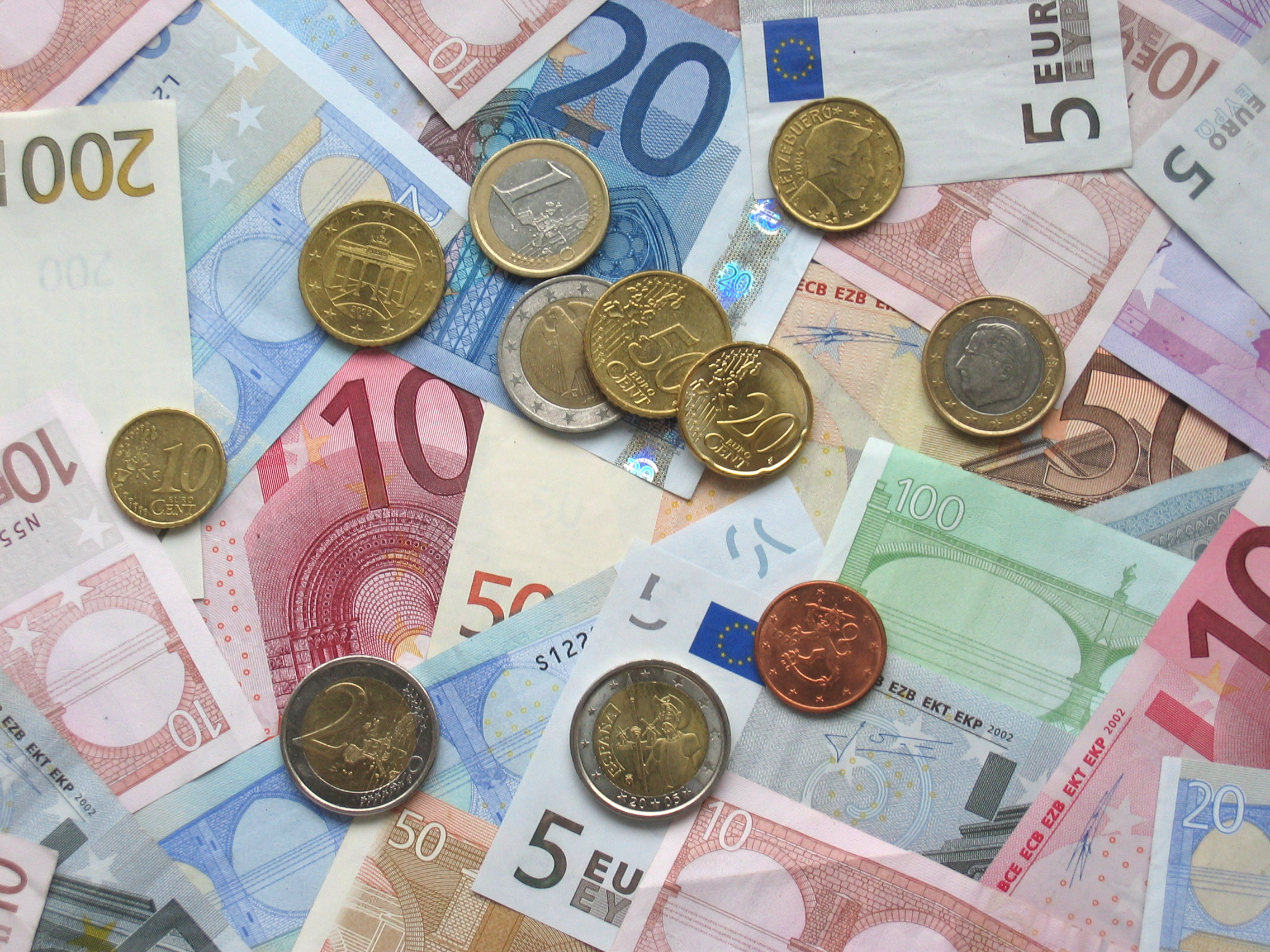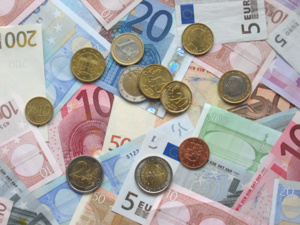There are several factors able to support euro, including good results of companies that export production from Europe and statistics. History shows that growth rates in the US and its decline in Europe do not necessarily mean strengthening dollar and weakening euro. In addition, investors' expectations have been apparently reflected in the current course. Based on this premise, HSBC predicts only a slight decrease in euro, then a return to a level of $ 1.20 for 2016.
Even those waiting for the European currency’s weakening, recognize that only one multi-directional movement in rates of Fed (expected to increase) and ECB (expected to decline) will not be enough, as the discrepancy rate is assumed to be smooth. However, if the US regulator finds that the US economy is strong enough for further growth rates, it can affect value of the European currency. According to find manager Paul Lambert of London-based Insight Investment, if ECB more resolutely deploy its stimulus program, euro may reach parity with dollar in March 2016, or even earlier.
There is a possibility that the central banks on both sides of the Atlantic will begin their manipulation synchronously in the next month. Most experts expect a rate hike in the US in December. Simultaneously, Head of the ECB Mario Draghi hinted that Europe may expand the monetary stimulus program by lowering rates on deposits or increasing buying securities. If both regulators take actions, it will be the first in 20 years case when rates in Europe and the United States began to move in different directions at the same time. In the history of the euro, it can be first such a case, writes WSJ. However, the newspaper reminds, when rates in Europe and the United States have gone in opposite directions in 1994 - the Fed has raised them, and the German Bundesbank lowered - dollar actually fell against Deutsche mark.
Last time when US interest rates rose, euro also strengthened against the US dollar: in the six months since June 2004, it has risen in price from $ 1.21 to $ 1.35. Given that investors have had enough time to prepare for the change of financial regulators’ policy, some analysts predict recurrence of this situation. However, experts admit, history never repeats itself exactly.
source: wsj.com
Even those waiting for the European currency’s weakening, recognize that only one multi-directional movement in rates of Fed (expected to increase) and ECB (expected to decline) will not be enough, as the discrepancy rate is assumed to be smooth. However, if the US regulator finds that the US economy is strong enough for further growth rates, it can affect value of the European currency. According to find manager Paul Lambert of London-based Insight Investment, if ECB more resolutely deploy its stimulus program, euro may reach parity with dollar in March 2016, or even earlier.
There is a possibility that the central banks on both sides of the Atlantic will begin their manipulation synchronously in the next month. Most experts expect a rate hike in the US in December. Simultaneously, Head of the ECB Mario Draghi hinted that Europe may expand the monetary stimulus program by lowering rates on deposits or increasing buying securities. If both regulators take actions, it will be the first in 20 years case when rates in Europe and the United States began to move in different directions at the same time. In the history of the euro, it can be first such a case, writes WSJ. However, the newspaper reminds, when rates in Europe and the United States have gone in opposite directions in 1994 - the Fed has raised them, and the German Bundesbank lowered - dollar actually fell against Deutsche mark.
Last time when US interest rates rose, euro also strengthened against the US dollar: in the six months since June 2004, it has risen in price from $ 1.21 to $ 1.35. Given that investors have had enough time to prepare for the change of financial regulators’ policy, some analysts predict recurrence of this situation. However, experts admit, history never repeats itself exactly.
source: wsj.com






